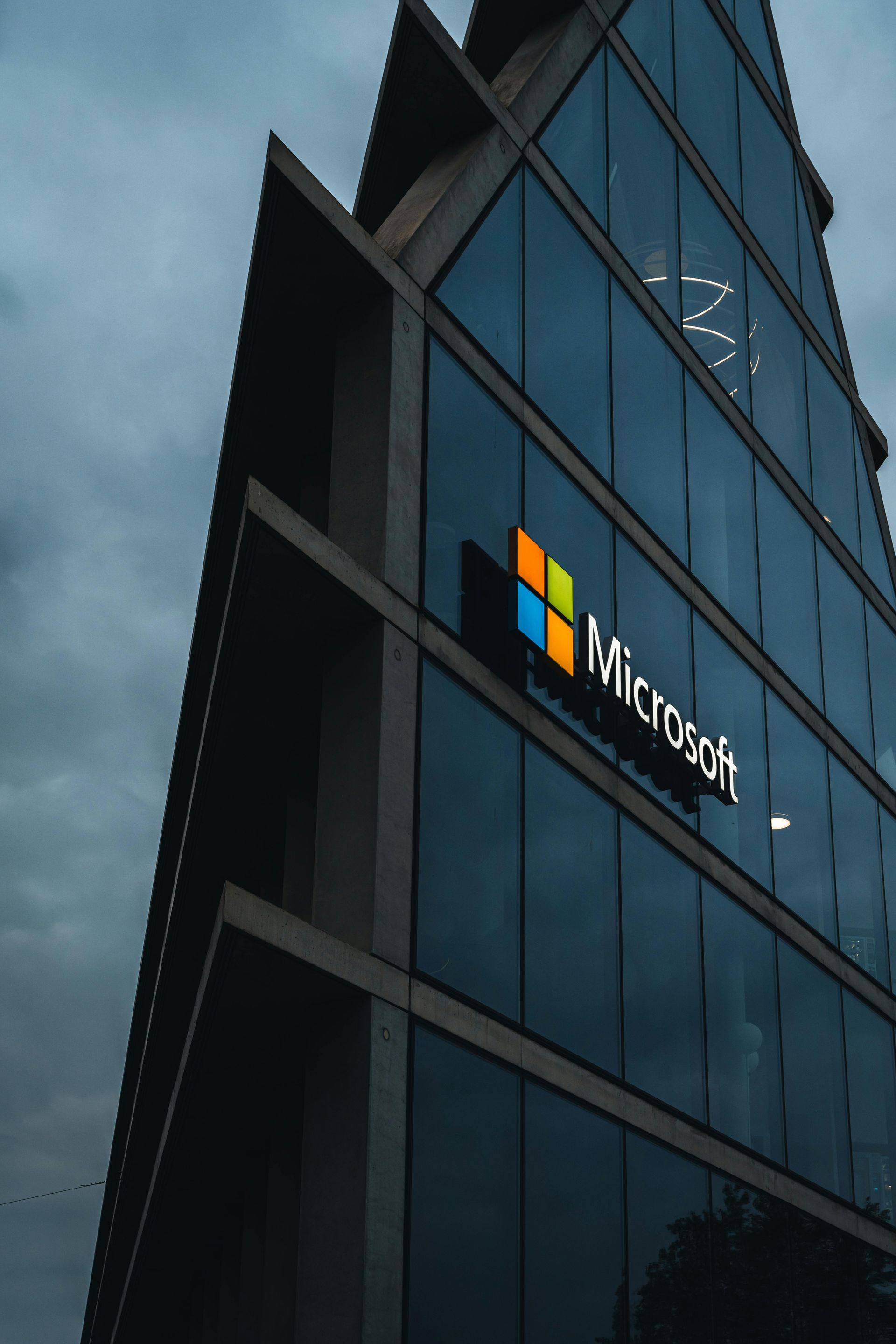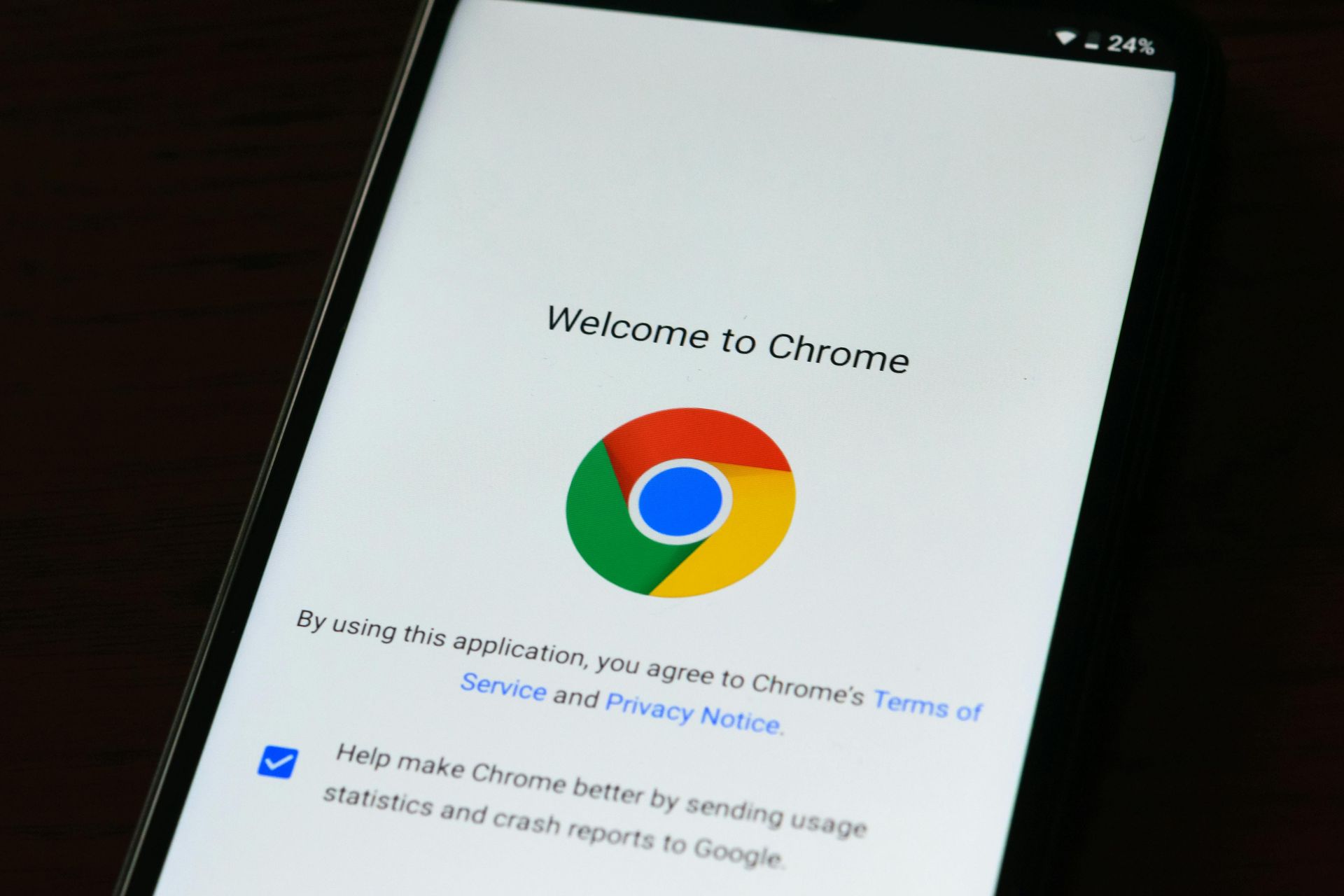LockBit 5.0: The Evolution of Ransomware's Most Persistent Threat
Despite a major law enforcement takedown operation in early 2024, the LockBit ransomware gang has demonstrated remarkable resilience by releasing what cybersecurity experts are calling their "most dangerous variant yet." LockBit 5.0, announced in September 2025 to mark the group's sixth anniversary, represents a significant evolution in ransomware capabilities that poses an elevated threat to organisations across all sectors.

The Return of a Notorious Threat
LockBit's persistence following international law enforcement action underscores a troubling reality in the cybersecurity landscape: sophisticated criminal enterprises can survive significant disruptions and emerge with even more dangerous capabilities. The release of LockBit 5.0 is not merely a symbolic gesture—it's a technical escalation that enterprises must take seriously.
Trend Micro researchers have confirmed the existence of Windows, Linux, and ESXi variants of LockBit 5.0, demonstrating the gang's continued commitment to cross-platform attacks. This multi-platform strategy enables simultaneous compromise across entire enterprise networks, from individual workstations to critical servers hosting databases and virtualisation platforms.
What Makes LockBit 5.0 More Dangerous
The latest iteration introduces several technical improvements that make it significantly more threatening than its predecessors:
Enhanced Evasion Capabilities
LockBit 5.0 has removed traditional infection markers that security researchers and forensic analysts previously relied upon for detection and analysis. The variant also patches the EtwEventWrite API by overwriting it with a return instruction, effectively disabling Windows Event Tracing capabilities—a critical anti-forensic technique that hampers incident response efforts.
Faster Encryption
Speed remains a critical factor in ransomware effectiveness. The faster an attacker can encrypt systems, the less time defenders have to respond. LockBit 5.0 has optimised its encryption processes, reducing the window of opportunity for security teams to intervene.
Improved Affiliate Experience
The Windows version features a significantly improved user interface with clean formatting and detailed options for affiliates. This "professionalisation" of the ransomware-as-a-service (RaaS) model makes it easier for less technically sophisticated criminals to deploy devastating attacks.
The interface provides comprehensive deployment options including:
- Basic configuration settings for specifying directories to encrypt or bypass
- Operation modes such as invisible mode and verbose mode
- Detailed encryption settings and filtering options
- Clear usage examples and parameters
As Trend Micro researchers noted, "The detailed commands and parameters illustrate the flexibility and customisation available to the attacker."
Complicating Recovery Efforts
LockBit 5.0 adds randomised 16-character file extensions to encrypted files, significantly complicating recovery efforts. Combined with the removal of traditional file ending markers, this makes analysis and potential decryption attempts substantially more difficult.
The ESXi Threat: A Critical Escalation
Perhaps the most concerning aspect of LockBit 5.0 is its enhanced targeting of VMware ESXi infrastructure. ESXi servers typically host multiple virtual machines, meaning attackers can encrypt entire virtualised environments with a single payload execution.
This represents a "critical escalation" in LockBit's capabilities, as modern enterprises increasingly rely on virtualisation for their core operations. A successful attack on ESXi infrastructure can simultaneously compromise dozens or even hundreds of virtual machines, multiplying the impact and potential ransom demand.
The efficiency of this approach cannot be overstated—rather than targeting individual systems one by one, attackers can cripple an organisation's entire digital infrastructure in moments.
An Evolutionary Development
Analysis of LockBit 5.0's code reveals significant reuse from LockBit 4.0, demonstrating that this is an evolutionary development rather than a complete rewrite. Both versions share identical hashing algorithms for string operations and similar code structures for dynamic API resolution.
This continuity confirms that LockBit 5.0 is indeed a legitimate continuation of the LockBit ransomware family rather than an imitation or rebrand by other threat actors—a common occurrence in the ransomware ecosystem where groups appropriate successful brands.
The evolutionary nature of the development also suggests that the LockBit developers have learned from previous iterations, systematically addressing weaknesses whilst building upon proven capabilities.
The LockBit Timeline: Six Years of Evolution
Understanding LockBit 5.0 requires context of the gang's persistent evolution:
January 2020: LockBit 1.0 released as "ABCD" ransomware
June 2021: LockBit 2.0 (LockBit Red) introduced alongside StealBit data exfiltration tool
October 2021: Linux variant launched to target Linux and VMware ESXi systems
March 2022: LockBit 3.0 (LockBit Black) released, though later leaked by a disgruntled developer
January 2023: LockBit Green promoted as major new version, later identified as rebranded Conti encryptor
February 2025: LockBit 4.0 officially released with enhanced evasion features
September 2025: LockBit 5.0 announced and deployed in the wild
This timeline reveals a pattern of continuous innovation and adaptation, with the gang consistently introducing new capabilities and expanding their technical arsenal.
The Ransomware-as-a-Service Model
LockBit's success stems partly from its sophisticated ransomware-as-a-service business model. The gang provides the ransomware infrastructure, negotiation platforms, and payment processing, whilst affiliates handle the actual deployment and victim targeting.
LockBit 5.0 maintains this model with an established victim interaction system featuring a streamlined "Chat with Support" section for ransom negotiations. This professionalisation of the criminal enterprise makes it accessible to a broader range of threat actors, multiplying the overall threat landscape.
Persistent Geolocation Checks
Interestingly, LockBit 5.0 maintains the gang's long-standing practice of geolocation checking, terminating execution when detecting Russian language settings or Russian geolocation. This practice, common among Eastern European cybercriminal groups, suggests continued operation from jurisdictions where law enforcement action remains challenging.
Implications for Enterprise Security
The emergence of LockBit 5.0 carries several critical implications for organisations:
Multi-Platform Vulnerability
The existence of Windows, Linux, and ESXi variants means organisations must implement comprehensive protection across their entire technology stack. A security strategy focused solely on Windows endpoints will leave critical infrastructure exposed.
Detection Challenges
The removal of infection markers and enhanced anti-forensic capabilities means traditional detection methods may prove insufficient. Organisations need advanced behavioural detection systems that can identify ransomware activity even when signature-based detection fails.
Virtualisation Risk
The enhanced ESXi targeting capability elevates the risk to virtualised environments. Organisations must ensure their virtualisation infrastructure has appropriate security controls and monitoring in place.
Incident Response Preparedness
The speed of modern ransomware demands rapid incident response capabilities. Organisations cannot afford lengthy deliberation periods when facing active encryption—they need pre-planned response procedures that can be executed immediately.
Recommended Defensive Measures
Protecting against LockBit 5.0 and similar advanced ransomware requires a comprehensive security approach:
Immediate Actions
- Implement robust backup strategies with offline and immutable backup copies
- Segment networks to limit lateral movement and contain potential infections
- Deploy advanced endpoint protection with behavioural detection capabilities
- Secure virtualisation infrastructure with additional monitoring and access controls
- Enable comprehensive logging across all systems to support forensic analysis
Strategic Initiatives
- Conduct regular security assessments including penetration testing and vulnerability scanning
- Develop and test incident response plans specifically addressing ransomware scenarios
- Implement zero-trust architecture to minimise the impact of credential compromise
- Provide security awareness training to reduce initial infection vectors
- Establish vendor relationships for rapid incident response support when needed
The Broader Ransomware Landscape
LockBit 5.0's emergence occurs against a backdrop of evolving ransomware threats. Despite law enforcement successes against various ransomware groups, the ecosystem continues to adapt and evolve. The professionalisation of ransomware-as-a-service models, combined with cryptocurrency-enabled anonymous payments, ensures the threat remains financially viable for criminals.
The resilience demonstrated by LockBit following the 2024 takedown operation suggests that disrupting ransomware gangs requires sustained, coordinated international effort rather than one-time operations. Even significant law enforcement actions may only temporarily disrupt operations rather than permanently eliminate threats.
Don't Let Ransomware Hold Your Business Hostage
The emergence of LockBit 5.0 demonstrates that ransomware threats continue to evolve and escalate. Is your organisation prepared? At Altiatech, our cybersecurity experts specialise in comprehensive ransomware defence strategies, from prevention and detection to incident response and recovery.
Protect your organisation before it's too late. Contact our team for a confidential security assessment:
- Phone: +44 (0)330 332 5482
- Email: innovate@altiatech.com
Don't wait for an attack to discover your vulnerabilities—let Altiatech help you build resilient defences against today's most dangerous ransomware threats.












